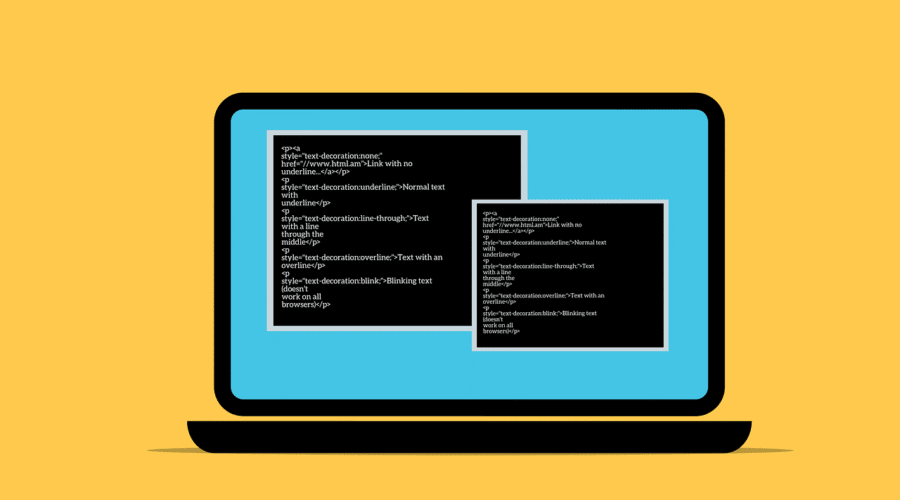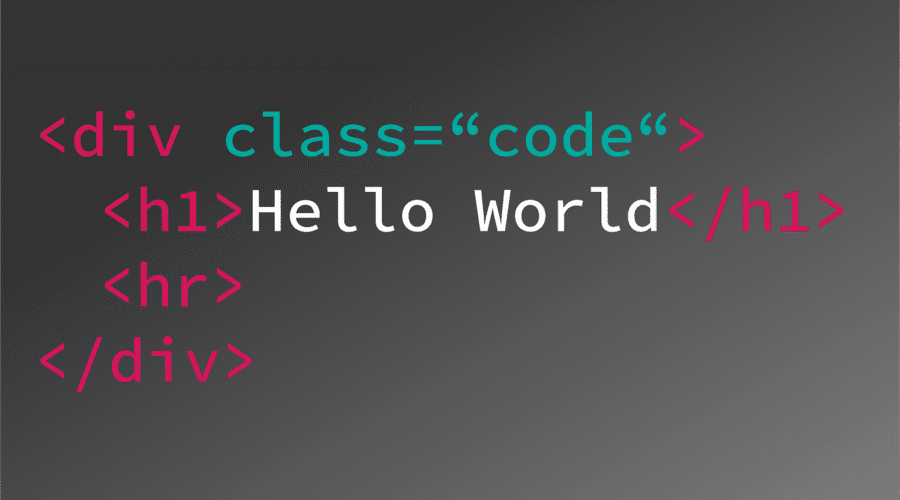Semantic HTML
🧠 Semantic HTML – Make Your Markup Meaningful Semantic HTML means using HTML tags that convey meaning about the content they contain, making your site more accessible, SEO-friendly, and easier to maintain. 🔍 Instead of using just <div> and <span>, semantic tags like <header>, <article>, and <nav> tell the browser and developers what the content […]









